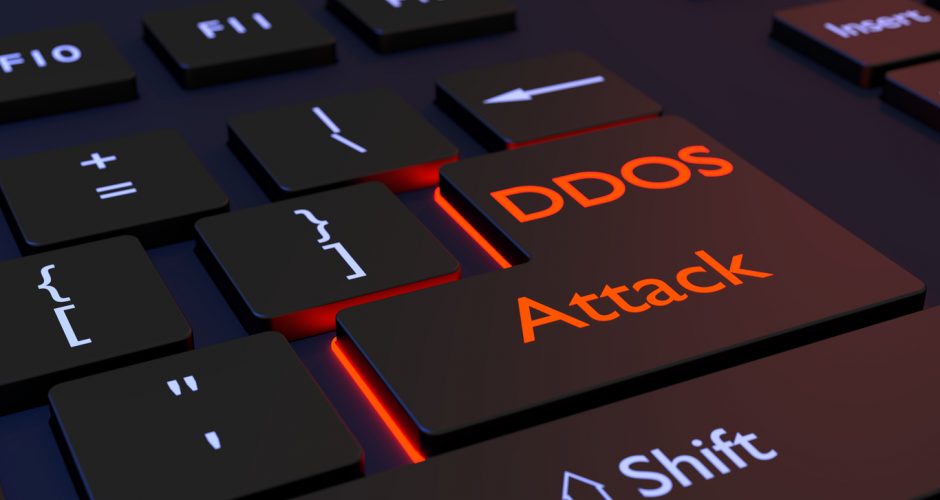
Taksonomi Mekanisme Pertahanan DDoS
Klasifikasi berdasarkan Level Aktifitas
- Mekanisme Preventif
- Mekanisme Reaktif
Mekanisme Preventif dapat dibagi menjadi :
- Mekanisme Pencegahan Serangan
- Mekanisme Pencegahan DoS
Mekanisme Pencegahan Serangan dapat dibagi menjadi :
- Klasifikasi Pengamanan Target
- Mekanisme Keamanan Sistem
- Mekanisme Keamanan Protokol
Mekanisme Pencegahan DoS dapat dibagi menjadi :
- Klasifikasi Metode Pencegahan
- Mekanisme Akunting Sumber Daya
- Mekanisme Penggandaan Sumber Daya
Mekanisme Reaktif dapat dibagi menjadi :
- Klasifikasi Berdasarkan Strategi Deteksi
- Mekanisme dengan Deteksi Pola Serangan
- Mekanisme dengan Deteksi Anomali Serangan
- Mekanisme dengan Deteksi Hybrid Serangan
- Mekanisme dengan Deteksi Serangan Pihak Ketiga
- Klasifikasi berdasarkan Strategi Respon
- Mekanisme Deteksi Agen
- Mekanisme Pembatasan Rate
- Mekanisme Filtering
- Mekanisme Rekonfigurasi
- Klasifikasi berdasarkan Tingkat Kerjasama
- Mekanisme Otonomi
- Mekanisme Kooperatif
- Mekanisme Saling Keterkaitan
Klasifikasi lain adalah berdasarkan Lokasi Penyebaran
- Mekanisme Jaringan Korban
- Mekanisme Jaringan Perantara
- Mekanisme Jaringan Sumber
Beberapa Referensi Lebih Jauh :
- Tripwire, “Tripwire for Server”, http://www.tripwire.com/products/servers
- McAfee,”Personal Firewall”, http://www.mcafee.com/myapps/firewall/ov_firewall.asp
- McAfee,”VirusScan Online,” http://www.mcafee.com/myapps/vso/default.asp
- S. Axelsson, “Intrusion detection systems: A survey and taxonomy,” Technical Report 99-15, Department of Computer Engineering, Chalmers University, March 2000.
- Cisco, “Strategies to protect against distributed denial of service attacks,” http://www.cisco.com/warp/public/707/newsflash.html
- J. Shapiro and N. Hardy, “EROS: A principle-driven operating system from the ground up,” IEEE Software, pp. 26-33, January/February 2002
- E.O’Brien,”NetBouncer : A practical client-legitimacy-based DDoS defense via ingress filtering,”http://www.nai.com/research/nailabs/development-solutions/netbouncer.asp
- J. Leiwo, P. Nikander, and T. Aura, “Towards network denial of service resistant protocols,” In Proceedings of the 15th
International Information Security Conference (IFIP/SEC 2000), August 2000. - Cisco, “Strategies to protect against Distributed Denial of Service Attacks,”http://www.cisco.com/warp/public/707/newsflash.html
- T. Aura, P. Nikander, and J. Leiwo, “DOS-resistant authentication with client puzzles,” In Proceedings of the 8th International Workshop on Security Protocols
- C. Schuba, I. Krsul, M. Kuhn, G. Spafford, A. Sundaram, and D. Zamboni, “Analysis of a denial of service attack on TCP,” In
Proceedings of the 1997 IEEE Symposium on Security and Privacy, May 1997. - A. Juels and J. Brainard, “Client puzzles: A cryptographic countermeasure against connection depletion attacks,” In Proceedings of the 1999 Networks and distributed system security symposium (NDSS’99), Mar 1999.
- Y. L. Zheng and J. Leiwo, “A method to implement a denial of service protection base,” In Information Security and Privacy, volume 1270 of LNCS, pages 90–101, 1997.
- O. Spatscheck and L. Peterson, “Defending against denial-of service requests in Scout,” In Proceedings of the 1999 USENIX/ACM Symposium on Operating System Design and Implementation, February 1999.
- A. Garg and A. L. Narasimha Reddy, “Mitigating denial of service attacks using QoS regulation,” Texas A & M University Tech report, TAMU-ECE-2001-06
- F. Lau, S. H. Rubin, M. H. Smith, and Lj. Trajkovic, “Distributed denial of service attacks,” In Proceedings of 2000 IEEE International Conference on Systems, Man, and Cybernetics, October 2000.

sedap..
makasih infonya mas
mohon terus bimbingannya